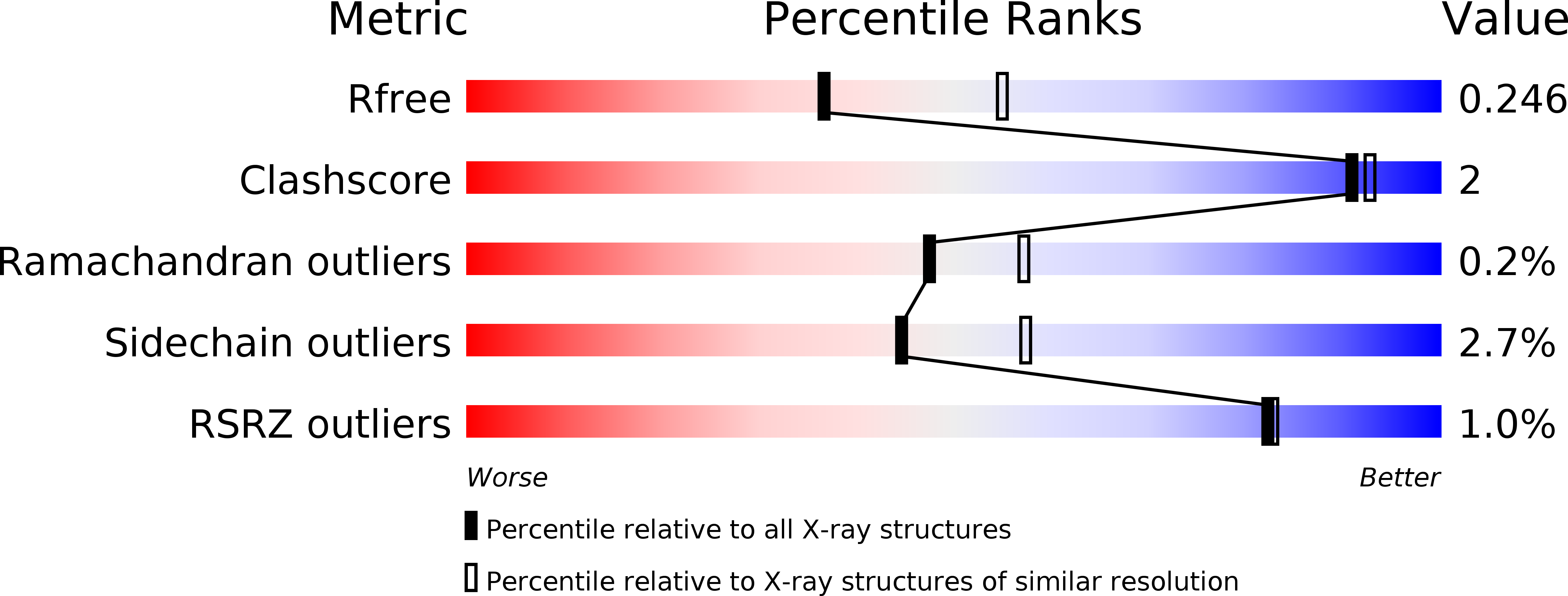
Deposition Date
2018-12-17
Release Date
2019-04-17
Last Version Date
2023-11-22
Entry Detail
Biological Source:
Source Organism:
Escherichia coli 1303 (Taxon ID: 745156)
Host Organism:
Method Details:
Experimental Method:
Resolution:
2.45 Å
R-Value Free:
0.24
R-Value Work:
0.18
R-Value Observed:
0.19
Space Group:
I 1 2 1


